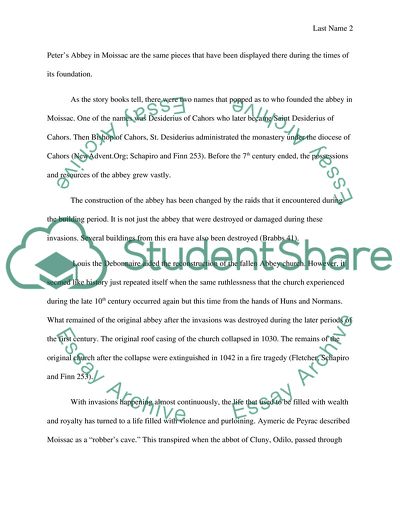Cite this document
(“Saints Lives in the Moissac Cloister Research Paper”, n.d.)
Saints Lives in the Moissac Cloister Research Paper. Retrieved from https://studentshare.org/religion-and-theology/1588841-saints-lives-in-the-moissac-cloister
Saints Lives in the Moissac Cloister Research Paper. Retrieved from https://studentshare.org/religion-and-theology/1588841-saints-lives-in-the-moissac-cloister
(Saints Lives in the Moissac Cloister Research Paper)
Saints Lives in the Moissac Cloister Research Paper. https://studentshare.org/religion-and-theology/1588841-saints-lives-in-the-moissac-cloister.
Saints Lives in the Moissac Cloister Research Paper. https://studentshare.org/religion-and-theology/1588841-saints-lives-in-the-moissac-cloister.
“Saints Lives in the Moissac Cloister Research Paper”, n.d. https://studentshare.org/religion-and-theology/1588841-saints-lives-in-the-moissac-cloister.


